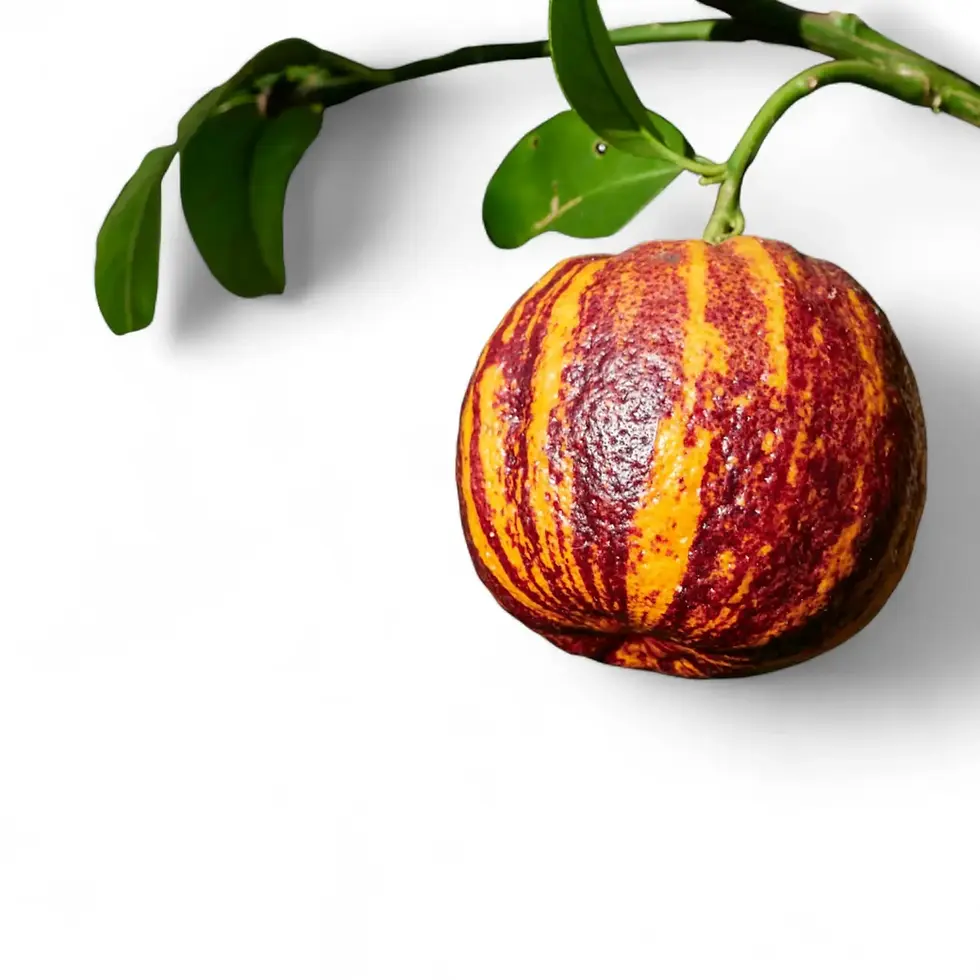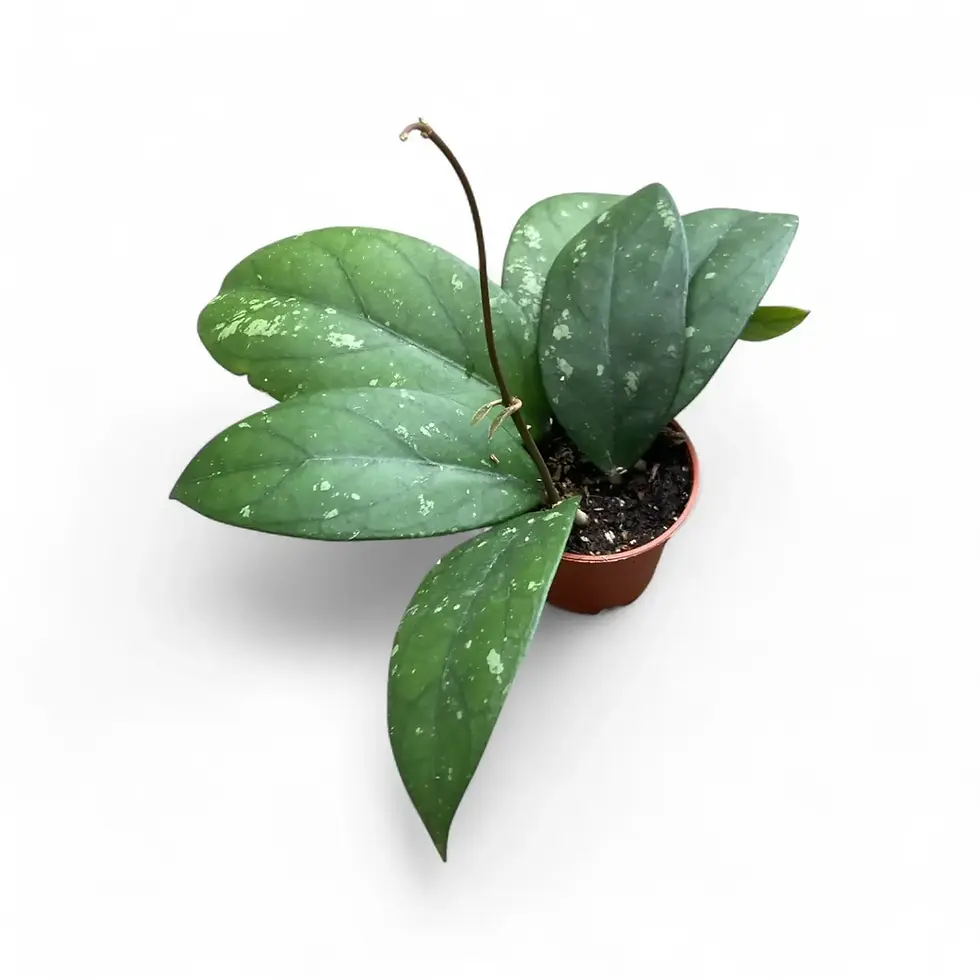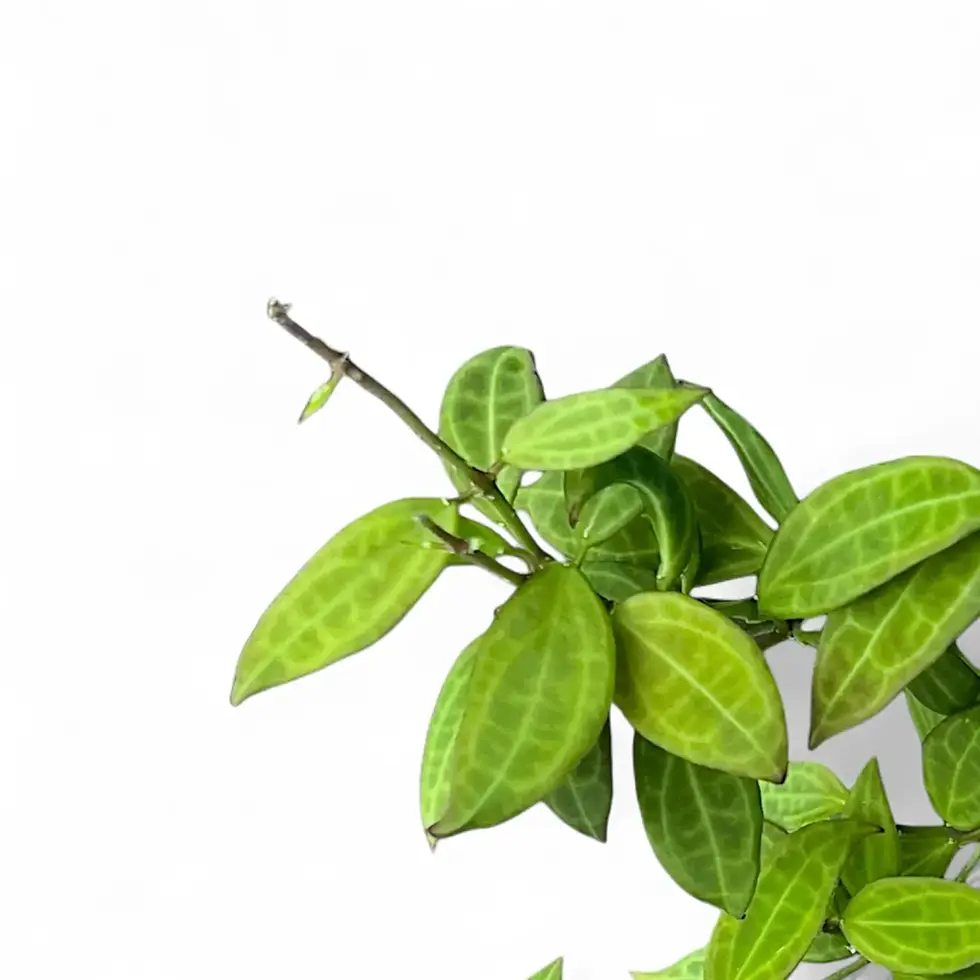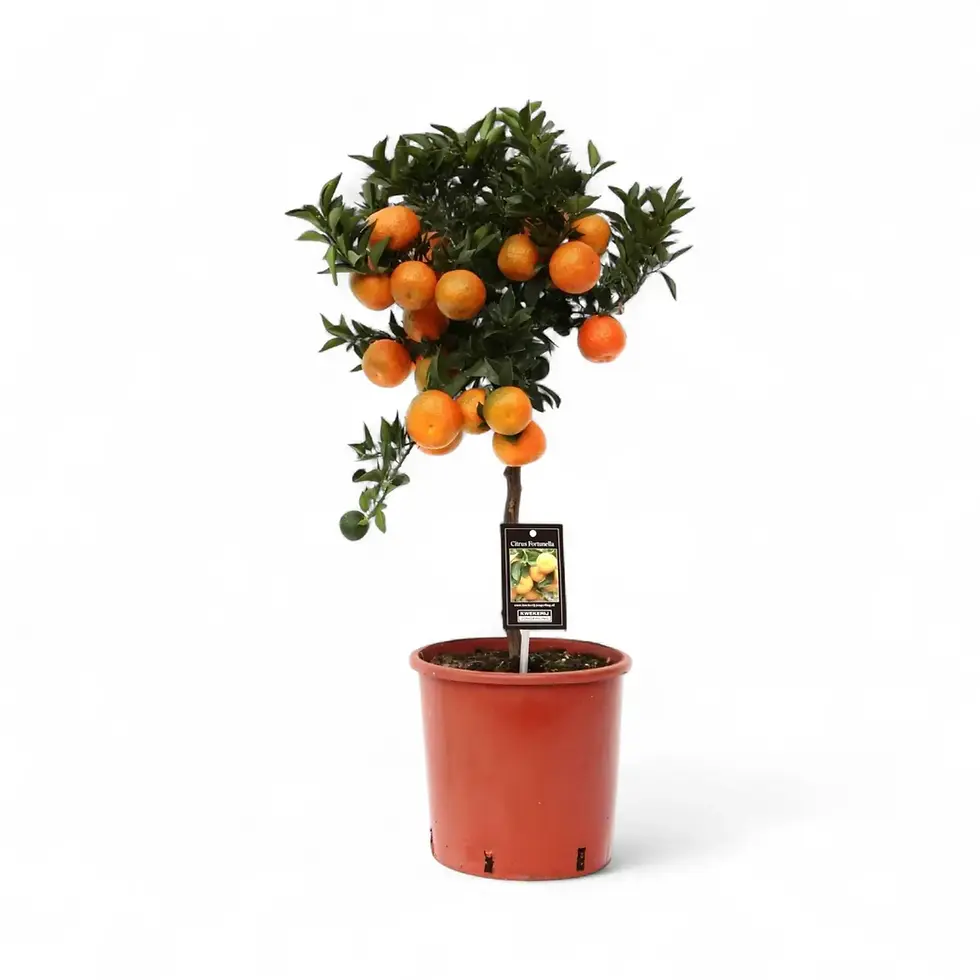Delosperma echinatum – The Bristly Succulent That Brings Texture and Charm
Delosperma echinatum (Lam.) Schwantes, commonly known as the Pickle Plant, is a low-maintenance succulent native to South Africa’s Eastern Cape. Its small, fleshy green leaves are covered in fine white hairs, giving a bristly texture that resembles miniature gherkins. The plant’s semi-trailing stems and compact size make it ideal for hanging baskets or sunny windowsills. In bright conditions, it may bloom with small daisy-like flowers in yellow or pale cream, adding seasonal interest to its sculptural form.
What Makes Delosperma echinatum Stand Out?
- Unique Texture: Hairy, cucumber-shaped leaves offer a striking tactile and visual appeal.
- Compact Trailing Growth: Grows up to 45 cm with spreading stems perfect for cascading displays.
- Drought-Tolerant: Thick leaves store water efficiently — ideal for forgetful waterers.
- Seasonal Blooms: Small, sun-responsive flowers appear in brighter months.
- Pet-Safe: Non-toxic to pets and humans, great for households with animals.
Delosperma echinatum in the Wild
This species naturally grows in rocky, mineral-rich soils in the Eastern Cape Province of South Africa. It thrives in arid, exposed conditions with high light and rapid drainage, often spreading across gravelly slopes or nestled in rock crevices. These conditions shape its water-storing adaptations and sun-loving nature.
How to Care for Delosperma echinatum Indoors
✔ Light Preferences
- Needs very bright light to full sun — at least 4–6 hours of direct light daily.
- Best placed near south- or west-facing windows or under a strong grow light.
✔ Watering Guidelines
- Allow soil to dry out fully between waterings.
- Water deeply, then drain thoroughly — avoid soggy conditions.
- Adjust watering only if light levels and temperatures drop significantly.
✔ Temperature and Humidity
- Prefers 15–30 °C and dry air — high humidity increases risk of rot.
- Not frost-hardy: avoid exposure below 5 °C.
✔ Potting and Substrate Tips
- Use a cactus/succulent soil mix or combine sandy loam with perlite or pumice.
- Choose unglazed clay pots with drainage holes to support fast drying.
- Repot only when rootbound — no seasonal timing required.
✔ Fertilizing Notes
- Use diluted cactus fertilizer during active growth (spring/summer) if light is strong.
- Skip fertilizing during periods of slowed growth due to lower light.
✔ Propagation
- Propagates easily from stem cuttings — allow cut surface to callous for 1–2 days before planting.
- Use dry, gritty substrate and water lightly once roots begin forming (typically in 2–3 weeks).
✔ Can It Grow in Semi-Hydro?
- Not ideal, but short-term adaptation in LECA is possible if kept extremely dry and in very high light.
✔ Pruning and Shaping
- Trim leggy stems to maintain shape and encourage branching.
- Remove dried blooms and damaged leaves to support new growth.
Preventing Problems with Delosperma echinatum
✘ Root Rot
- Caused by excess moisture or poorly draining soil — always let the mix dry fully before watering again.
✘ Leaf Shriveling or Softness
- Wrinkled leaves: Indicate water stress — water slightly more often.
- Mushy or yellowing leaves: Sign of overwatering — dry out thoroughly.
✘ Pest Control
- Occasionally affected by spider mites or mealybugs in dry indoor air.
- Use insecticidal soap or neem oil at first sign of pests.
✘ Stretching (Etiolation)
- Move to a brighter spot if stems are elongating or pale.
Additional Tips for Success
- Air circulation: Avoid stagnant air — helps prevent fungal problems.
- Great companions: Pairs well with other dry-climate genera like Haworthia, Crassula, and Sedum.
- No dormancy myths: Reduce watering only if light and warmth decrease — not due to seasons alone.
Etymology and Botanical Classification
- Genus: Delosperma comes from Greek delos (visible) and sperma (seed), referring to the exposed seed capsules.
- Species: echinatum is Latin for "bristly", referring to the hairy leaves.
- Botanical authority: First described by Lamarck, later reclassified by M.H.G. Schwantes in 1927.
Is Delosperma echinatum Toxic?
No. This succulent is considered non-toxic to pets and people, making it a safe choice for households with animals or children.
Add Delosperma echinatum to Your Collection Today
Looking for a quirky, easy-care succulent with texture and charm? Order now and enjoy the bristly beauty of Delosperma echinatum — perfect for sunny windows, small shelves, or minimalist desert-style displays.
Delosperma echinatum
Delosperma echinatum comes in following sizes:
Baby Plant – is approximately 10 cm tall and comes in a ⌀ 5 cm pot
































